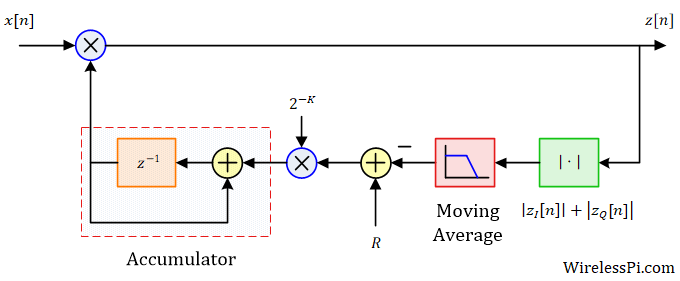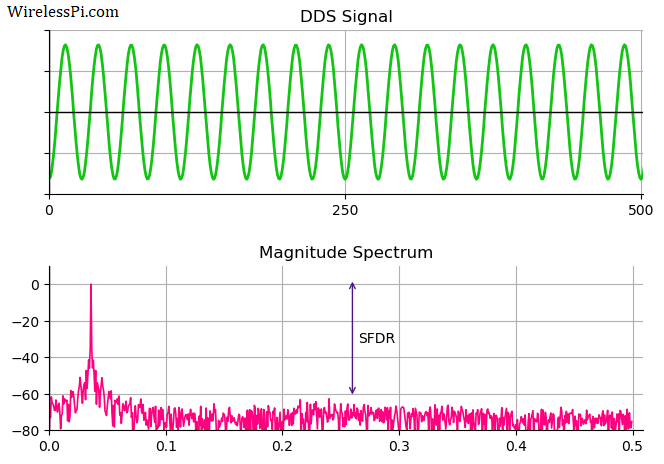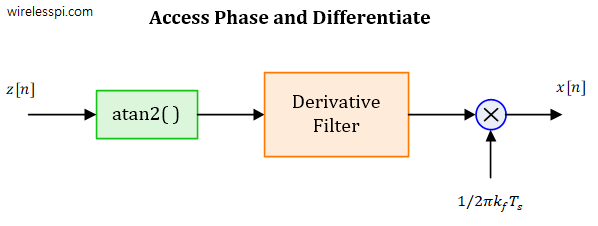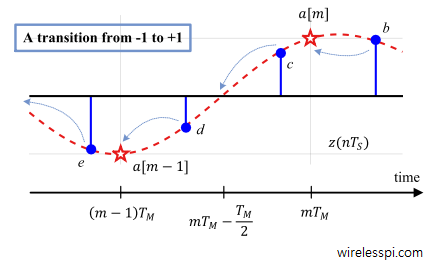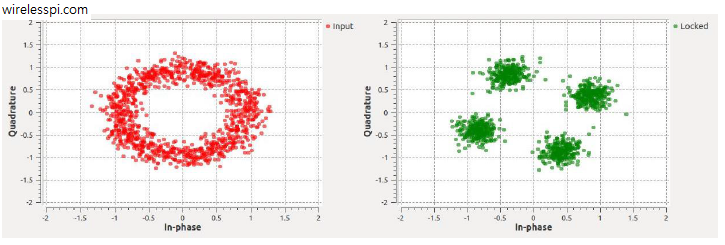Alfred North Whitehead said, "Civilization advances by extending the number of important operations which we can perform without thinking of them." In today’s world, it is easy to take no notice of the level of process automation integrated into our lives. To have an idea of how things were in the early days, signal processing technology to sort out the radar picture on a map was not available and only a dot or a line could be generated on the screen representing a detected target. A radar operator had to stare at a screen for their whole shift to raise
Continue reading